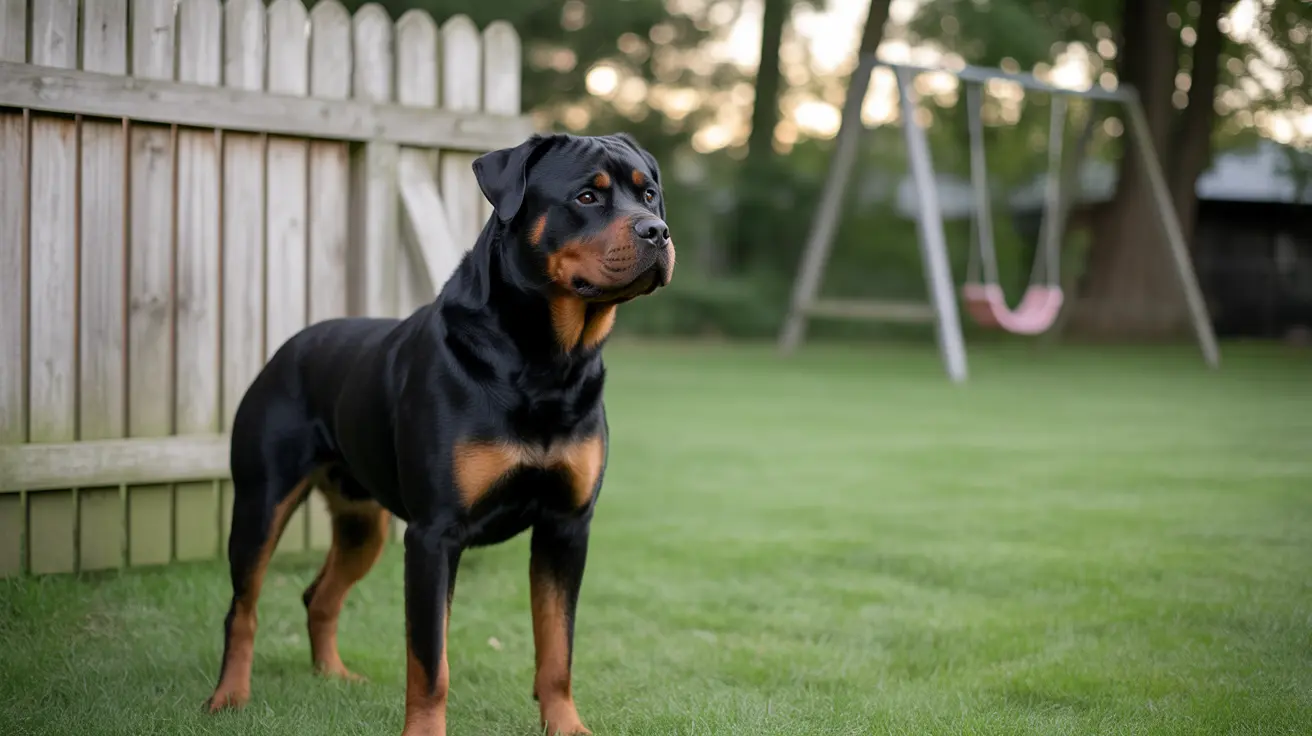As a dog owner, understanding what animals prey on dogs is crucial for keeping your furry friend safe. From coyotes and mountain lions to birds of prey and even defensive creatures like porcupines, various wild animals can pose serious threats to our canine companions. This comprehensive guide explores the most common predators that attack dogs and provides essential safety measures to protect your pet.
Most Common Predators That Target Dogs
Coyotes: The Primary Threat
Coyotes represent the most significant danger to dogs, accounting for over 90% of reported predator attacks in many regions. These adaptable hunters are particularly active during dawn and dusk, targeting small to medium-sized dogs. Even in suburban areas, coyotes have become increasingly bold in approaching residential properties.
Large Predatory Cats
Mountain lions and bobcats pose serious risks to dogs, especially in areas where urban development meets wilderness. Mountain lions can weigh over 200 pounds and are known to attack dogs that venture into their territory. Bobcats, though smaller, are responsible for approximately 7% of reported pet attacks in some regions.
Birds of Prey
Hawks, eagles, and owls present a real danger to small dogs, particularly those weighing under 10 pounds. These aerial predators can swoop down silently and quickly, making toy breeds and puppies especially vulnerable during outdoor activities.
Defensive Animals That Can Harm Dogs
Venomous Snakes
While not typically predatory towards dogs, venomous snakes like rattlesnakes and copperheads can deliver potentially fatal bites when dogs accidentally disturb them. These encounters often occur in tall grass or rocky areas.
Territorial Wildlife
Animals like wild boars, groundhogs, and raccoons may not actively hunt dogs but can inflict serious injuries when defending themselves. Porcupines and skunks employ specialized defensive mechanisms that can result in painful encounters requiring immediate veterinary attention.
Essential Protection Strategies
Secure Your Property
Install proper fencing at least 6 feet high with underground barriers to prevent digging. Use motion-sensor lighting to deter nocturnal predators, and eliminate potential attractants like pet food or unsecured garbage.
Supervision and Timing
Always supervise your dog outdoors, especially during dawn and dusk when predators are most active. Keep small dogs on a leash during walks, and avoid known wildlife areas during peak hunting times.
Training and Awareness
Teach your dog strong recall commands and maintain awareness of your surroundings. Learn to recognize signs of wildlife presence in your area, and adjust your routines accordingly.
Regional Considerations
Different regions face varying predator risks. Southern states contend with alligators near water bodies, while western regions must be vigilant about mountain lions and bears. Urban and suburban areas typically face threats from coyotes, foxes, and birds of prey.
Frequently Asked Questions
What wild animals are most likely to prey on or attack dogs in my region?
The most common predators vary by region. In North America, coyotes are the primary threat, followed by birds of prey, bobcats, and in some areas, mountain lions. Urban and suburban areas typically face risks from coyotes, foxes, and hawks.
How can I protect my dog from coyote attacks and other wildlife predators?
Keep dogs leashed during walks, supervise outdoor time, install proper fencing, use motion-sensor lights, and remove outdoor food sources. Avoid walking during dawn and dusk when predators are most active.
Why are small dogs more vulnerable to attacks from predators like birds of prey and coyotes?
Small dogs are easier targets due to their size and weight, making them manageable prey for both aerial and ground predators. They're less able to defend themselves and more likely to be viewed as prey rather than as competition.
What signs should I watch for that indicate my dog has encountered a wild predator?
Look for unusual anxiety, reluctance to go outside, defensive barking at specific areas, or unexplained injuries. You might also notice predator signs like tracks, droppings, or disturbed areas in your yard.
What are effective yard and leash safety measures to prevent wildlife attacks on my dog?
Install tall fencing with buried extensions, maintain bright lighting, keep yards clear of debris and food sources, and always use a sturdy leash during walks. Consider installing wildlife cameras to monitor potential predator activity.
By understanding the risks and implementing proper safety measures, you can significantly reduce the chance of your dog encountering dangerous wildlife. Remember that prevention and awareness are your best tools for keeping your canine companion safe from predators.






